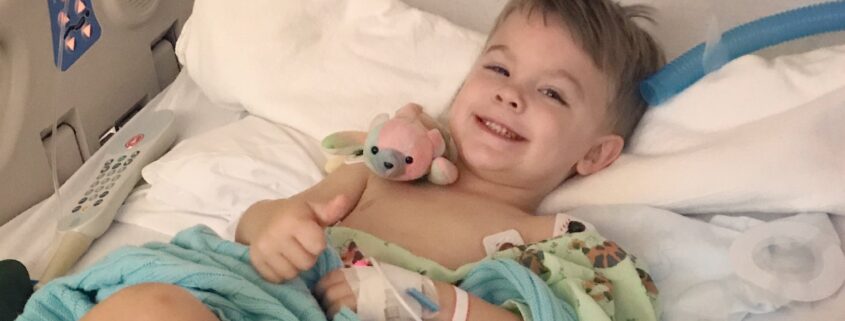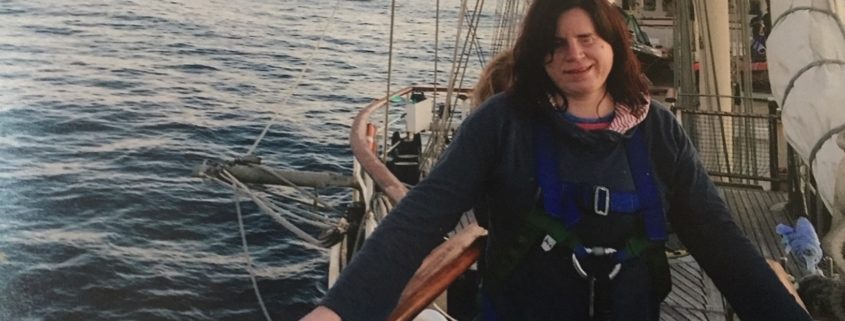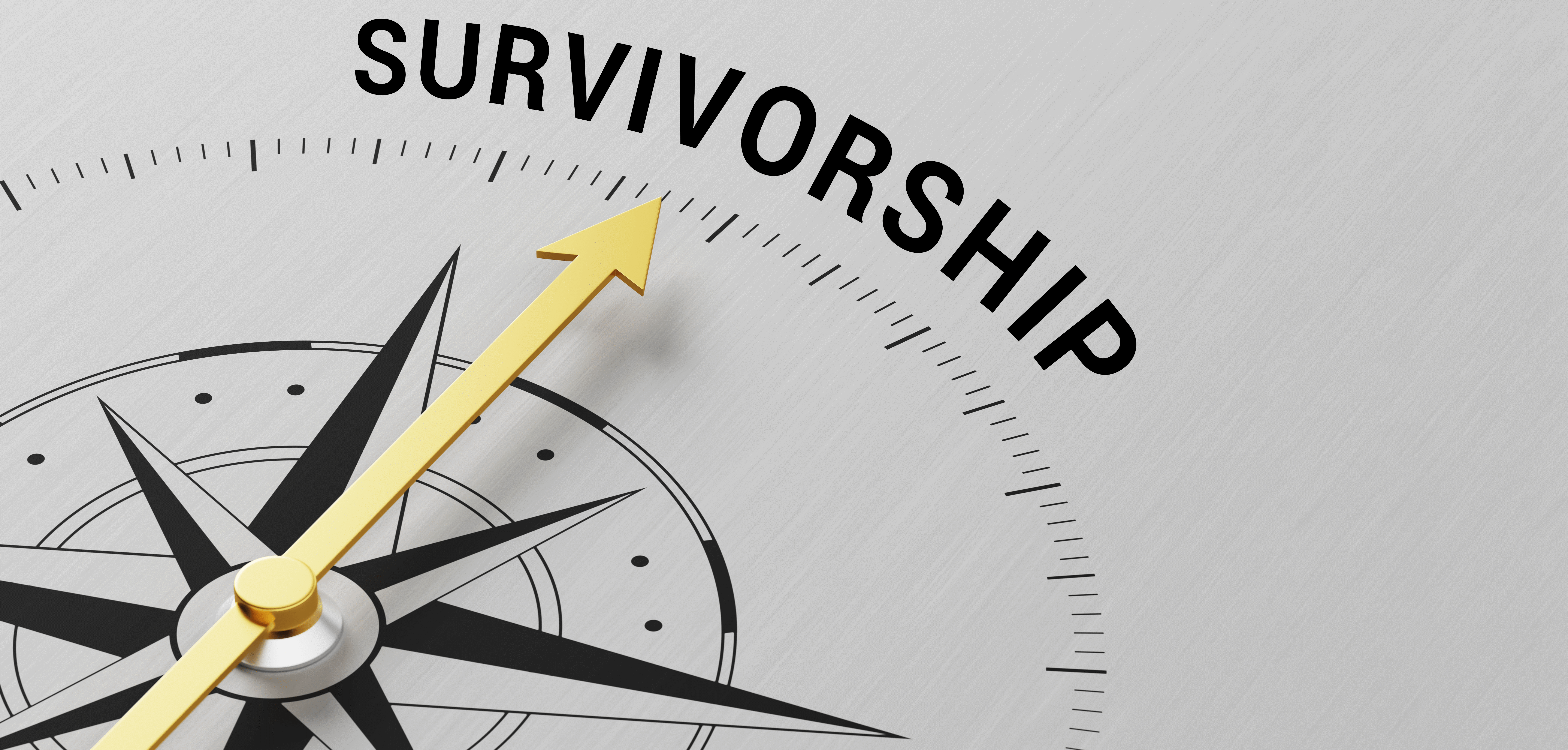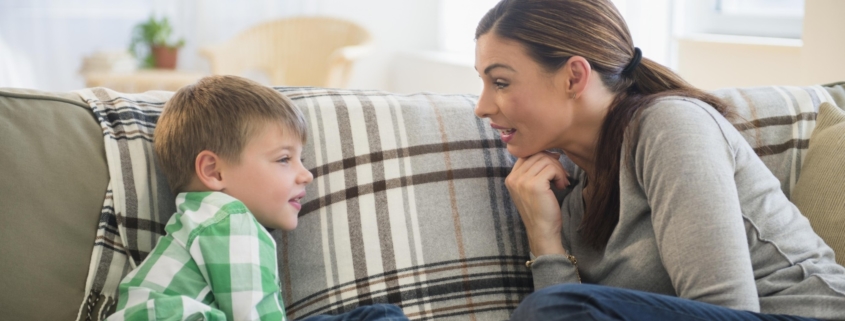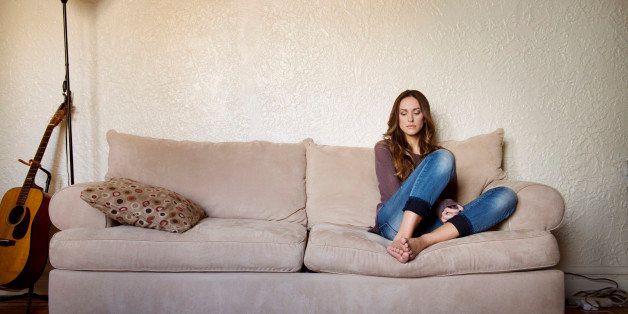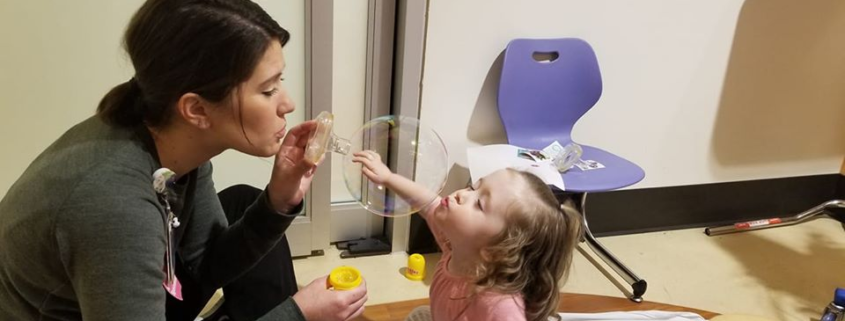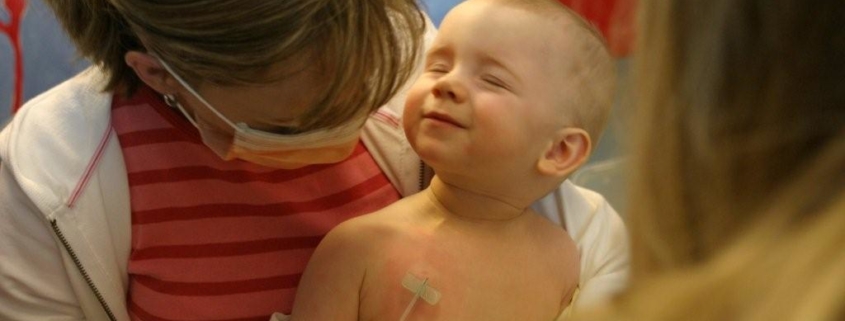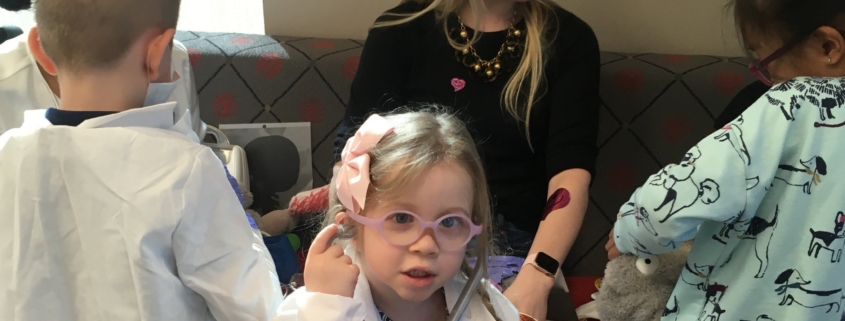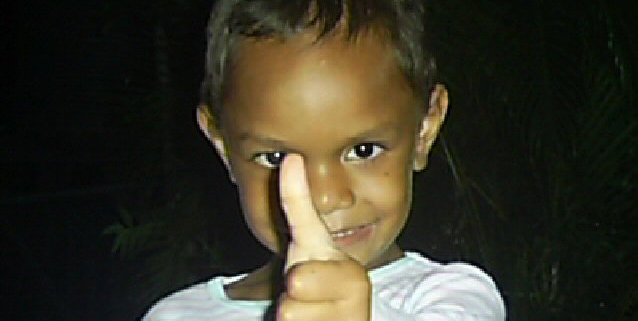10 Things Parents Want You to Know About Retinoblastoma
Caring for a child with retinoblastoma and healthy siblings is a complex journey for parents, from before diagnosis, through treatment, and beyond. Rb Mom and WE C Hope USA director, Lori Banos, shares 10 key messages parents have for health care professionals, fellow parents and the wider community.

